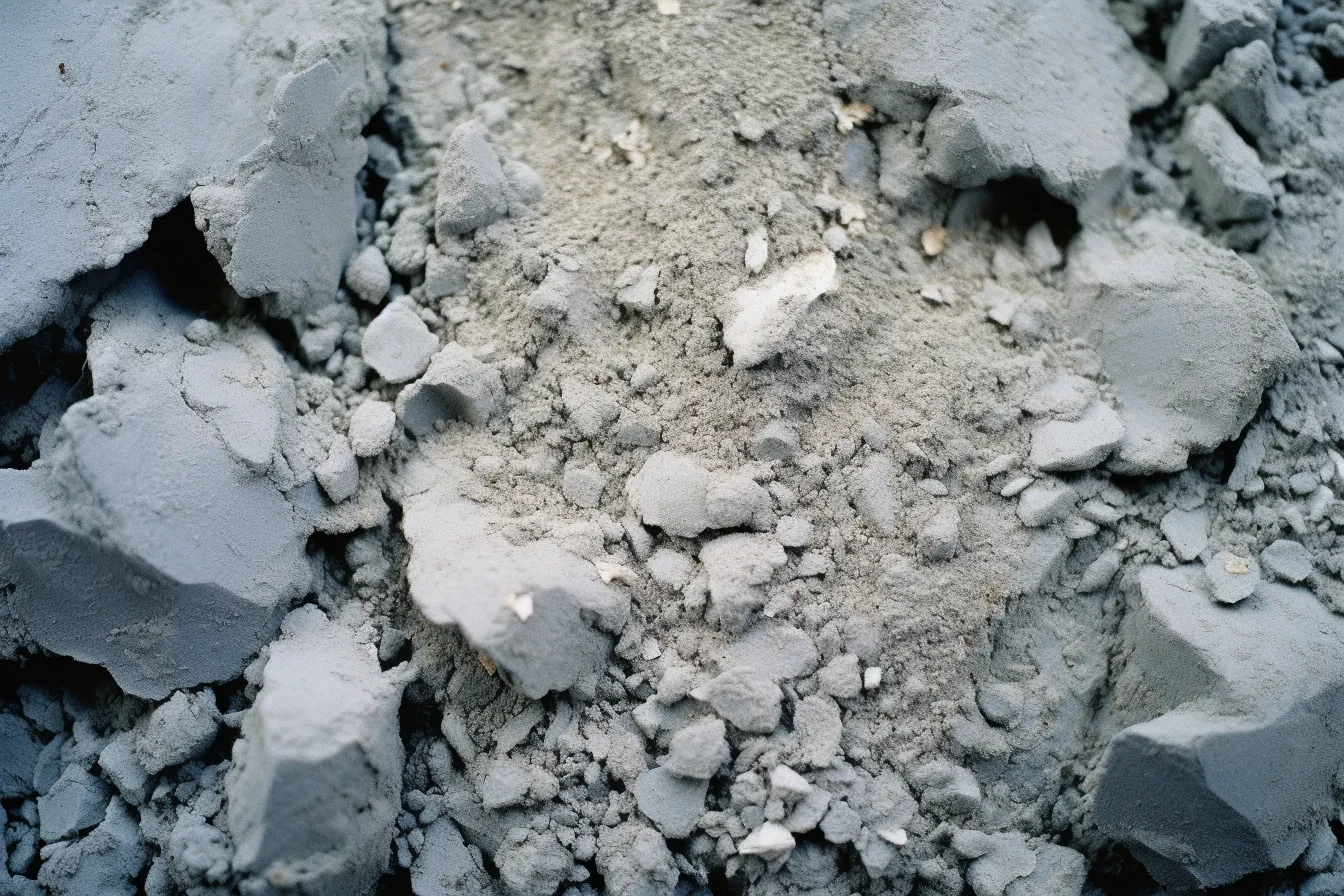Welcome to our comprehensive guide on efflorescence in concrete! If you’ve noticed a white powdery substance on your concrete surfaces, you’re not alone. Efflorescence can be a frustrating issue for many homeowners and property owners, but fear not – we’re here to help. In this article, we’ll delve into the causes of efflorescence, explore its effects on concrete surfaces, and provide effective solutions to tackle this pesky problem. So, let’s dive right in and discover everything you need to know about efflorescence in concrete.
Understanding Efflorescence
Efflorescence is a phenomenon commonly observed on concrete surfaces, typically appearing as a white, powdery deposit. It occurs when water-soluble salts present in the concrete mix or underlying materials migrate to the surface through capillary action, evaporate, and leave behind unsightly residue. While it does not pose any structural issues, efflorescence can mar the appearance of your concrete surfaces, diminish their aesthetic appeal, and leave you longing for solutions.
Causes of Efflorescence
Efflorescence can stem from several contributing factors. One of the primary culprits is water infiltration. When moisture enters the concrete, it dissolves the soluble salts in the cement and aggregate. As the moisture evaporates, these salts are left behind, resulting in efflorescence. Other factors that can exacerbate the problem include:
- High humidity: Areas with high humidity levels are more prone to efflorescence since the excess moisture increases the likelihood of salt migration.
- Presence of soluble salts: If the concrete mixture contains a high concentration of water-soluble salts or if the aggregates used are contaminated, efflorescence is more likely to occur.
- Improper curing: Inadequate curing or premature exposure to moisture during the curing process can lead to efflorescence by allowing water infiltration.
The Effects of Efflorescence
Efflorescence may seem like a mere cosmetic nuisance, but it can have a range of effects on your concrete surfaces. Apart from the unsightly appearance it creates, efflorescence can also cause surface discoloration, making your concrete look dull and faded. If left untreated, it can even lead to the deterioration of surface coatings and paints, compromising the longevity of your concrete.
Solutions to Tackle Efflorescence
Now, let’s get to the exciting part – how to eliminate efflorescence and prevent its recurrence. Here are some effective solutions you can implement:
- Regular cleaning: Begin by removing the existing efflorescence deposits using a stiff brush, preferably with nylon bristles. After scrubbing, rinse the surface thoroughly with clean water.
- Dry brushing: If efflorescence reappears, you can repeat the cleaning process but with a dry brush instead. This method helps remove surface salts before they dissolve in water.
- Sealing the concrete: Applying a high-quality acrylic or silicone-based sealer can create a protective barrier on the surface, minimizing water infiltration and salt migration. This preventative measure can significantly reduce efflorescence formation.
- Proper drainage: To tackle efflorescence caused by water infiltration, ensuring proper drainage around your concrete surfaces is crucial. This includes clearing away debris, ensuring gutters and downspouts are functioning correctly, and addressing any grading issues.
- Efflorescence cleaners: If the problem persists or is particularly severe, you can consider using commercially available efflorescence cleaners. These specialized products are designed to dissolve and remove stubborn efflorescence deposits.
Remember, each situation is unique, and the effectiveness of these solutions may vary. It’s always best to consult with a professional or seek expert advice if you’re unsure about the most suitable course of action for your specific situation.
Efflorescence may be a common occurrence, but it doesn’t have to be a long-standing issue on your concrete surfaces. By understanding its causes and implementing the right solutions, you can effectively tackle and prevent efflorescence, restoring the beauty and longevity of your concrete. So, roll up your sleeves, and bid farewell to those pesky white deposits!
